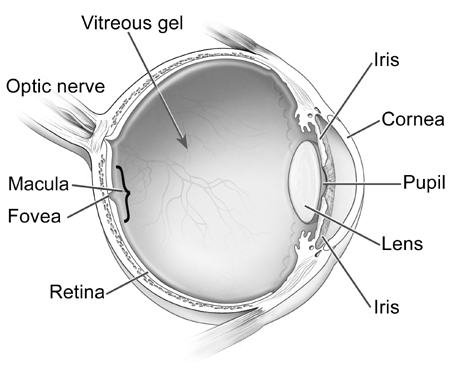https://www.youtube.com/watch?v=L5vyTB66hY8&list=PLXVa0vGCksTaQxb0DUCUENbC9LuWRDKTr&index=21
I thought our Ted Talk went very well. I wasn't quite sure what to expect and I was a little nervous. But the presentation went very smoothly and I was happy with it. I don't think I would change anything. All three of us deserve an A because we all split time evenly, spoke clearly and confidently, and were prepared for the Ted Talk. I was very impressed with everyone's Ted Talk. Everyone was confident and spoke concisely, and that really surprised me. I liked the Ted Talk assignment much more than just a written final for the semester.











